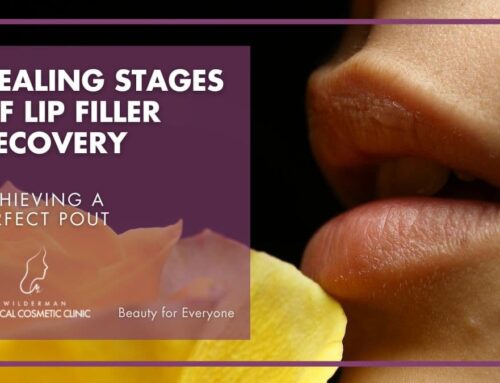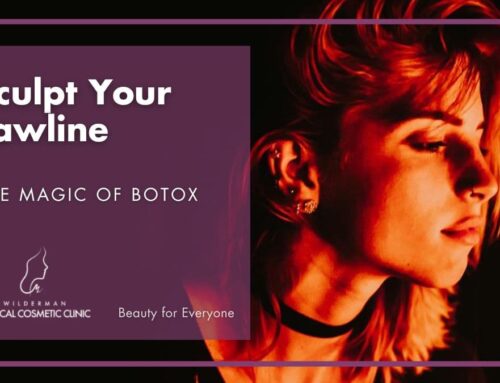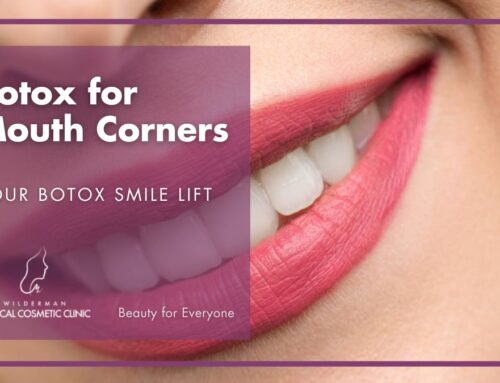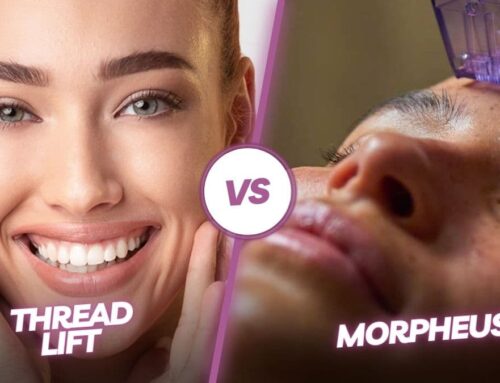Hair Restoration: Non-Surgical Hair Regrowth
Benefits, Treatments, Effectiveness and Considerations
Hair loss or thinning hair can significantly impact an individual’s self-confidence and overall well-being.
While surgical hair restoration procedures like hair transplantation have gained popularity in recent years, non-surgical approaches to hair regrowth are also becoming increasingly sought after.
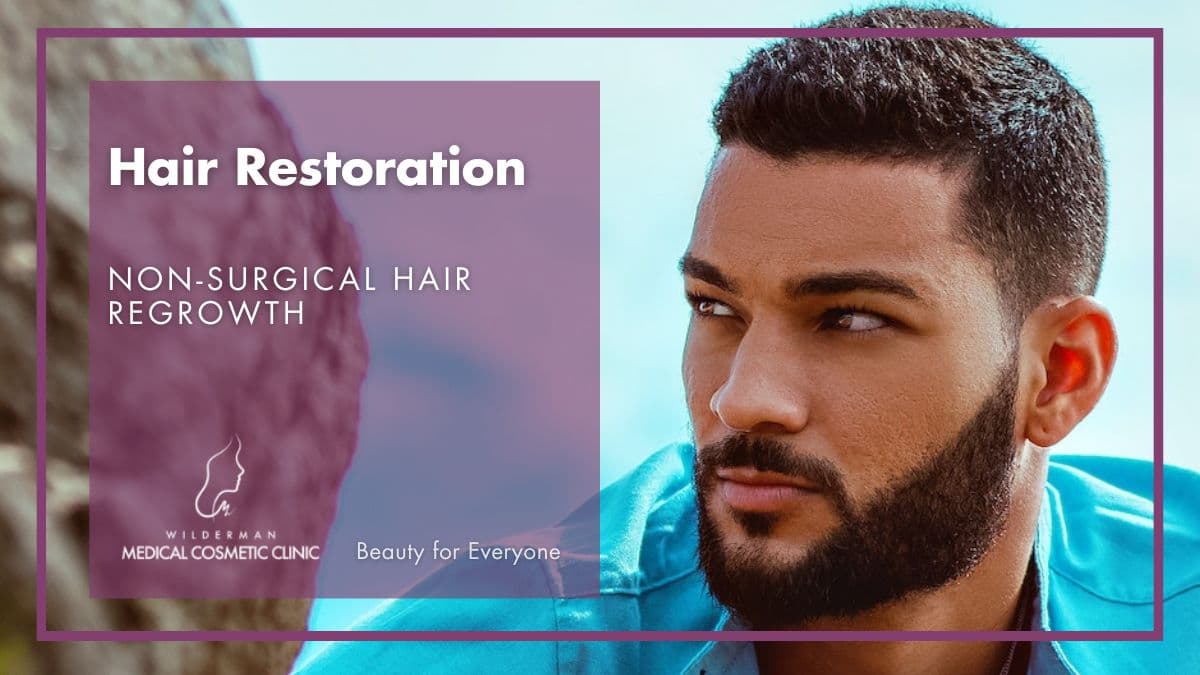
Get immediate answers to your questions about treatment options, costs, expected outcomes, and more.
- Expert Diagnosis
- Customized Treatment Plans
- No Obligation
- Comfort and Privacy
- Immediate Answers
These non-invasive techniques provide an alternative for individuals looking to address hair loss without undergoing surgery.
Non-surgical hair Regrowth Solutions
1. Medications
Minoxidil: Minoxidil is a vasodilator that works by widening the blood vessels and increasing blood flow to the hair follicles. This improved circulation provides necessary nutrients and oxygen to the follicles, promoting hair growth.
Minoxidil is available in different strengths and forms, and its effectiveness may vary among individuals. It is important to note that results may take several months to become noticeable, and discontinuing use may lead to a reversal of the benefits.
Finasteride: Finasteride is an oral medication primarily used for male pattern baldness. It works by inhibiting the enzyme that converts testosterone into dihydrotestosterone (DHT), the hormone responsible for shrinking hair follicles.
By reducing DHT levels, finasteride can help slow down hair loss and promote regrowth in some individuals. It is important to consult a healthcare professional before starting finasteride, as it may have unwanted side effects and is not recommended for use by women.
Benefits:
• Convenience: Medications, such as minoxidil and finasteride, are easy to administer at home as part of a daily routine.
• Non-invasive: These treatments do not involve any surgical procedures or injections.
• Widely available: Medications for hair loss are widely available and can be obtained over the counter or with a prescription.
• Scientifically supported: Medications like minoxidil and finasteride have been clinically studied and shown to be effective in promoting hair growth and reducing hair loss in certain individuals.
• Flexible treatment options: Medications can be used in combination with other hair restoration methods for enhanced results.
2. Low-level laser therapy (LLLT)
Low-Level Laser Therapy (LLLT), also known as red light therapy or cold laser therapy, is a non-invasive procedure that uses low-intensity lasers or light-emitting diodes (LEDs) to stimulate hair growth and improve the health of the scalp.
It has gained popularity as a non-surgical approach to combat hair loss and promote hair regrowth.
How does LLLT work?
LLLT works by emitting red or near-infrared light onto the scalp, which is absorbed by the cells in the hair follicles. The light energy stimulates cellular activity and enhances the function of hair follicles, leading to improved hair growth and overall hair health.
It is believed to work through several mechanisms, including:
• Increased blood flow: LLLT promotes vasodilation, which widens the blood vessels and improves blood circulation to the scalp. This increased blood flow delivers essential nutrients, oxygen, and growth factors to the hair follicles, creating a favorable environment for hair growth.
• Enhanced energy production: The light energy from LLLT stimulates the mitochondria, the powerhouses of the cells, to produce more adenosine triphosphate (ATP), which is the energy currency of the cells. This increased energy production can revitalize dormant or weakened hair follicles, promoting hair regrowth.
• Prolonged anagen (growth) phase: LLLT can extend the duration of the anagen phase, the active growth phase of the hair cycle. By prolonging this phase, more hairs remain in the growth stage for a longer period, resulting in thicker, fuller hair.
LLLT Devices:
LLLT devices used for hair restoration are available in various forms, including handheld combs, caps, helmets, and overhead panels.
These devices emit specific wavelengths of light, typically in the red or near-infrared spectrum, which are considered optimal for hair growth stimulation.
Treatment protocol:
Treatment protocols may vary depending on the device and individual needs, but generally, LLLT sessions range from a few minutes to around 30 minutes.
The frequency of treatment can vary from a few times per week to daily, and the duration of treatment can extend over several months. It is important to follow the manufacturer’s instructions and consult with a healthcare professional to determine the appropriate treatment protocol for optimal results.
Effectiveness and considerations:
LLLT has shown promising results in clinical studies and has been cleared by the U.S. Food and Drug Administration (FDA) for the treatment of androgenetic alopecia (male or female pattern baldness).
However, it is important to note that individual responses to LLLT may vary. Some individuals experience significant hair regrowth, while others may see more modest improvements or no substantial changes.
LLLT is generally considered safe, with minimal side effects reported. It is a non-invasive procedure that does not cause pain or discomfort. However, it is essential to use LLLT devices as directed and avoid prolonged exposure to the eyes.
It is worth noting that LLLT may be more effective in the early stages of hair loss or when used as part of a comprehensive approach that includes other treatments or lifestyle modifications.
Benefits:
• Non-Invasive: LLLT is a non-invasive procedure that does not require surgery or incisions.
• Safe and painless: LLLT is generally considered safe and does not cause pain or discomfort during treatment.
• Improved scalp health: LLLT promotes better blood circulation, stimulates hair follicles, and can improve the overall health of the scalp.
• Convenient: LLLT devices are available for home use, offering convenience and flexibility in treatment.
• Complementary treatment: LLLT can be used in conjunction with other hair restoration methods, such as medications or PRP therapy, to provide a comprehensive approach.
3. Platelet-Rich Plasma (PRP) Therapy
Platelet-Rich Plasma (PRP) therapy is a non-surgical procedure that utilizes the healing properties of platelets found in the patient’s own blood to promote hair growth and improve scalp health.
It has gained popularity as a natural and minimally invasive treatment for hair loss and thinning.
How does PRP therapy work?
During a PRP therapy session, a small amount of the patient’s blood is drawn and processed to isolate the platelet-rich plasma. This plasma is rich in growth factors, cytokines, and other bioactive substances that play a crucial role in tissue regeneration and healing.
The isolated PRP is then injected directly into the scalp, targeting areas affected by hair loss or thinning. The growth factors and other components in PRP stimulate the hair follicles, promote cell growth and division, and enhance blood circulation in the scalp.
This can lead to the revitalization of dormant hair follicles, thicker hair shafts, and increased hair density.
PRP therapy procedure
• Blood collection: A small sample of blood, usually taken from the patient’s arm, is drawn using a syringe.
• Centrifugation: The collected blood is then placed in a centrifuge, a machine that spins rapidly to separate the different components of blood. This process isolates the platelet-rich plasma from the rest of the blood components.
• Preparation: The concentrated PRP is carefully collected and prepared for injection. In some cases, it may be combined with other substances, such as activating agents or vitamins, to enhance its effectiveness.
• Injection: Using a fine needle, the prepared PRP is injected into the targeted areas of the scalp, typically in a grid-like pattern to ensure even distribution.
Treatment protocol
PRP therapy is typically performed as a series of sessions, with sessions spaced a few weeks apart. The number of sessions may vary depending on the individual’s specific needs and the severity of hair loss.
On average, patients undergo three to six sessions, followed by maintenance treatments at intervals of several months.
Effectiveness and considerations:
PRP therapy is generally considered safe, as it uses the patient’s own blood, reducing the risk of allergic reactions or transmission of diseases. However, as with any medical procedure, there are some considerations:
• Treatment response: The effectiveness of PRP therapy can vary among individuals. Factors such as the underlying cause of hair loss, the extent of hair loss, and individual biology can influence the treatment response.
• Combination therapy: PRP therapy is often used in combination with other hair restoration treatments, such as medications or low-level laser therapy, to optimize results and provide a comprehensive approach to hair regrowth.
• Maintenance: To sustain the results achieved through PRP therapy, maintenance sessions may be required at regular intervals. The frequency and duration of maintenance treatments can vary depending on individual needs and treatment response.
• Consultation: It is crucial to consult with a qualified healthcare professional or a hair restoration specialist before undergoing PRP therapy. They can assess your specific condition, discuss the potential benefits and limitations of the treatment, and determine if you are an appropriate candidate for PRP therapy.
Benefits:
• Natural and autologous: PRP utilizes the patient’s own blood, minimizing the risk of allergic reactions or transmission of diseases.
• Non-invasive: PRP involves injecting the patient’s prepared plasma into the scalp, without the need for surgical procedures.
• Stimulates hair growth: PRP contains growth factors that promote the regeneration and revitalization of hair follicles, potentially leading to hair regrowth.
• Quick procedure: PRP treatment sessions are relatively short, and most individuals can resume their normal activities shortly after.
• Can be combined with other treatments: PRP therapy can be combined with other hair restoration methods, such as LLLT or SMP, to maximize results.
4. Scalp Micropigmentation (SMP)
Scalp Micropigmentation (SMP) is a non-surgical cosmetic procedure that involves the application of specialized pigments to the scalp to create the illusion of hair follicles.
It is an innovative solution for individuals experiencing hair loss, thinning hair, or a receding hairline, providing a realistic and natural-looking alternative.
How does SMP work?
During an SMP procedure, tiny needles or micro-needles are used to deposit pigments into the upper layers of the scalp. These pigments are matched to the individual’s natural hair color, skin tone, and desired hairline, creating the appearance of closely shaven hair or a buzz cut.
The strategic placement of the pigments replicates the look of hair follicles, giving the illusion of a fuller head of hair.
Treatment protocol
The procedure is typically performed in multiple sessions, allowing for gradual adjustments and refinement to achieve the desired outcome.
Each session can take several hours, depending on the extent of the treatment area and the desired hair density.
Effectiveness and considerations:
While SMP is generally considered safe, it is essential to choose a reputable and experienced practitioner to ensure optimal results. The expertise of the practitioner in pigment selection, hairline design, and proper application techniques significantly influences the outcome of SMP.
SMP is most effective for individuals with a shaved or closely cropped hairstyle, as the pigments are applied to simulate the appearance of a buzz cut.
Additionally, it is crucial to have realistic expectations about the results. SMP creates the illusion of hair follicles but does not stimulate actual hair growth. It is not a suitable option for individuals who desire long hair or have a significant amount of remaining hair.
Benefits:
• Immediate results: SMP provides immediate visible results, improving the appearance of hair density and creating a natural-looking hairline.
• Non-surgical: SMP is a non-surgical procedure, eliminating the need for invasive surgical methods.
• Customizable: SMP can be customized to match the individual’s natural hair color, skin tone, and desired hairline, creating a personalized and realistic outcome.
• Long-lasting: SMP results are long-lasting, although occasional touch-up sessions may be required to maintain the desired appearance.
• Low maintenance: SMP requires minimal maintenance compared to other hair restoration methods. The pigments used are long-lasting, and occasional touch-up sessions may be needed over time to maintain the desired appearance.
Conclusion
Non-surgical hair regrowth solutions provide viable options for individuals seeking to address hair loss without undergoing invasive surgical procedures.
Medications, low-level laser therapy, platelet-rich plasma therapy, and scalp micropigmentation are among the non-invasive approaches that can promote hair regrowth, improve hair density, and enhance overall aesthetics.
It is important to note that the effectiveness of these treatments can vary from person to person, and results may not be guaranteed.
Before embarking on any hair regrowth journey, it is advisable to consult with a qualified healthcare professional or hair restoration specialist who can evaluate your specific condition and recommend the most suitable course of action.
Remember, while non-surgical hair regrowth methods can offer promising results, maintaining a healthy lifestyle, managing stress, and addressing any underlying medical conditions are essential components of a holistic approach to hair care and regrowth.
Works cited
Varothai S, Bergfeld WF. Androgenetic alopecia: an evidence-based treatment update. Am J Clin Dermatol. 2014 Jul;15(3):217-30. doi: 10.1007/s40257-014-0077-5.
AEDIT. The Best Non-Surgical Hair Loss Solutions. Retrieved from https://aedit.com/aedition/the-best-non-surgical-hair-loss-solutions. Accessed on May 25, 2023.
Aventus Clinic. Non-Surgical Hair Restoration Solutions. Retrieved from https://aventusclinic.com/non-surgical-hair-restoration-solutions/. Accessed on May 25, 2023.
HairSure. Is There a Non-Surgical Method of Hair Transplantation for Male and Female? Retrieved from https://www.hairsure.in/is-there-a-non-surgical-method-of-hair-transplantation-for-male-and-female/. Accessed on May 25, 2023.
NJ FUE Hair Clinic. Non-Surgical Hair Loss Treatment. Retrieved from https://www.njfue.com/blog/non-surgical-hair-loss-treatment/. Accessed on May 25, 2023.
Related content that may be of interest
Do Hair Restoration Treatments Work? With various hair restoration treatments available, choosing the one best suited for you can be challenging. Some people swear by them, while others say that they don’t make much of a difference. It’s also crucial to remember that everyone is different and can respond…
Stay Ahead of the Beauty Curve
Beyond Beauty: Elevate Your Routine with Insider Tips and Breakthroughs – Subscribe Now!
Transform your beauty routine into something extraordinary!


